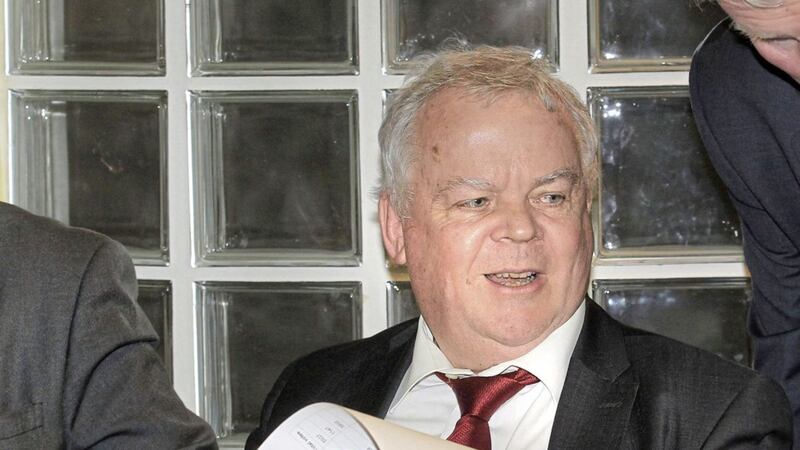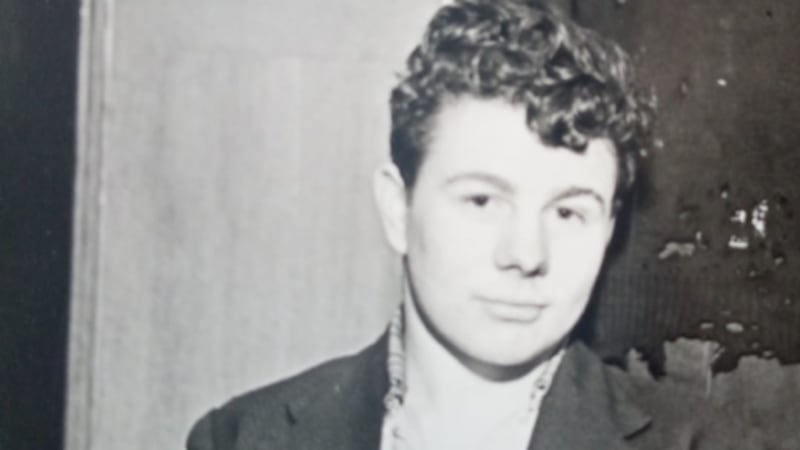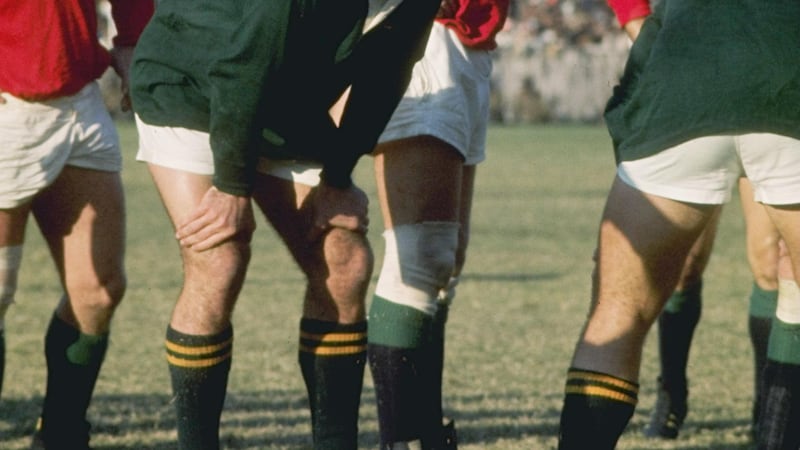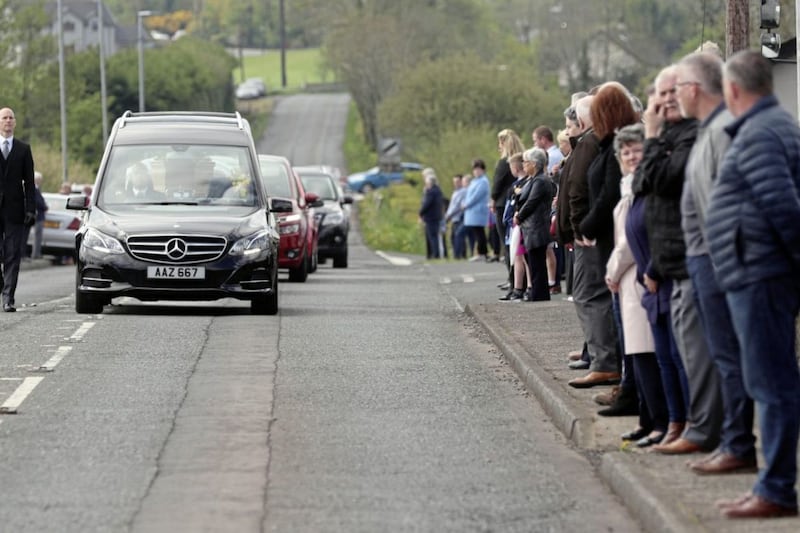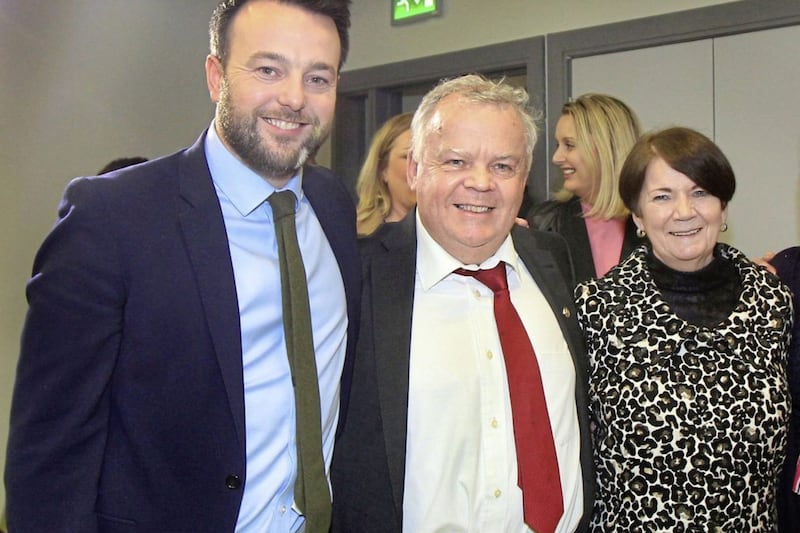JOHN Dallat had the common touch. A wily and seasoned political operator, that human side endeared him to friend and opponent.
In his calls to The Irish News, he would give a brief statement and conclude humorously that the reporter could somehow say it better. "But sure you’ve poetic licence on that one," he would joke.
However, that easy approach masked the sharpest of political instincts and a deep and courageous commitment to the ideals he held close.
From Kilrea, he spent a number of years teaching in Carndonagh in Co Donegal where he met his wife, Anne. Following his move back to south Derry, he taught at St Paul’s in the village from 1975 until 1998.
During that time, he flew the flag, not only for the SDLP but, for all of nationalism in east Derry. As an SDLP member of Coleraine Borough Council, he was a constant thorn in the side of unionist members eventually becoming the first ever nationalist mayor of Coleraine in 2001.
He called out paramilitarism from whichever quarter it came. He saw it as his duty to stand up to and expose loyalist paramilitaries following, in particular, the UDA killing of four Catholic workmen in Castlerock in 1993 and the UDA’s murder of eight people in the Greysteel massacre later the same year.
That courage led to him facing loyalist threats and forcing him to have bullet proof glass installed at his home on one occasion.
Away from that hardness of northern politics, John had a warm heart, working behind the scenes on the personal issues which meant so much to the people involved.
When migrant worker Oksana Sukhanova, who had been sleeping rough and had her legs amputated because of frostbite in 2005, John seemed to be personally mortified that such a thing could happen in modern Ireland.
He set up a fund and continued his support long after the media spotlight moved on.
His campaign for justice for murdered German backpacker, Inga Maria Hauser, killed in Ballypatrick forest park in 1988, grew from a personal horror that an 18-year-old girl could come to this country and be murdered.
That human side was equally evident in John’s love of family, wife, Anne, his two sons and daughter. In every conversation with John, Anne was as present if she was physically there. The two were inseparable.
For all those reasons, yesterday’s news of John’s death will have caused genuine shock to myself and undoubtedly other journalists who I'm sure will have taken a second to recall a personal connection with a man who it was impossible not to like.
